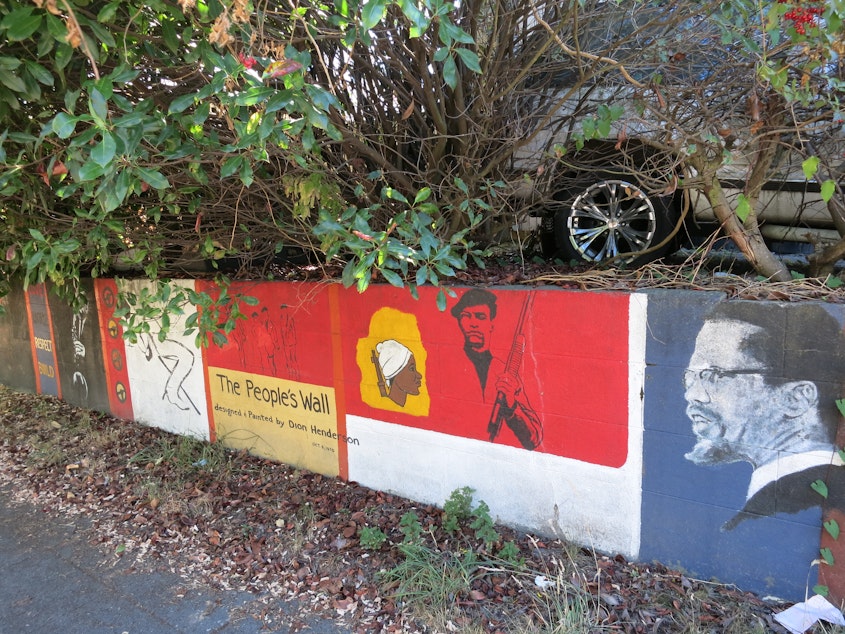Seattle passes Central District 'upzone' to encourage housing options

A plan to bring more affordable housing to Seattle's Central District was approved by the City Council today.
It's one part of the city's goal to add 20,000 new units for lower-income households (those making less than 60 percent of the area’s median income).
Like other neighborhoods recently rezoned (including the University District and Chinatown-International District), the legislation loosens up height limits for new buildings.
In exchange, residential developers in the Central District would need to set aside about 7 percent of units as affordable housing. It’s expected to open up 50 new, affordable housing units and dozens more market-rate units in the neighborhood over time.
The zoning changes only impact Cherry, Jackson and Union Streets on the 23rd Avenue corridor. City Council staff say the impacts may seem small, but the legislation will ensure multiple types of housing are allowed and encouraged on 23rd Avenue.
The legislation also includes commitments by the city to encourage cultural activities and facilities in the neighborhood.
City Councilmember Rob Johnson said they're acting now because new buildings are planned for the area, and the council can ensure developers produce affordable housing that does not exist now.
Johnson: "That kind of deal is the kind of deal that we really want to see more of in the city, so we want to move relatively quickly in order to be able to make sure we build those affordable housing units."
Rezones in other neighborhoods have been more controversial.
In public meetings about the Central District, however, many residents have encouraged zoning changes with the goal of improving housing options and preserving African-American culture. Cultural displacement is a major concern for the city and the Central District's longtime residents and business owners.
The rezone legislation is part of a much broader 23rd Avenue Action Plan led by community members.
City officials plan to rezone all of the city's urban areas in 2018 through the Mandatory Housing Affordability program.

